The year is 1982. A new road is being constructed, and during its construction, a backhoe operator has just unearthed a miraculous, macabre discovery. Though he doesn’t know it yet.
He sees the first indication of what he’s dredged up — what he thinks is a small, pale rock. Picking it up, he discovers it is in fact a human skull. So begins decades of investigation of one of the most remarkable archaeological projects of the late 20th century.
The Windover Bog Discovery
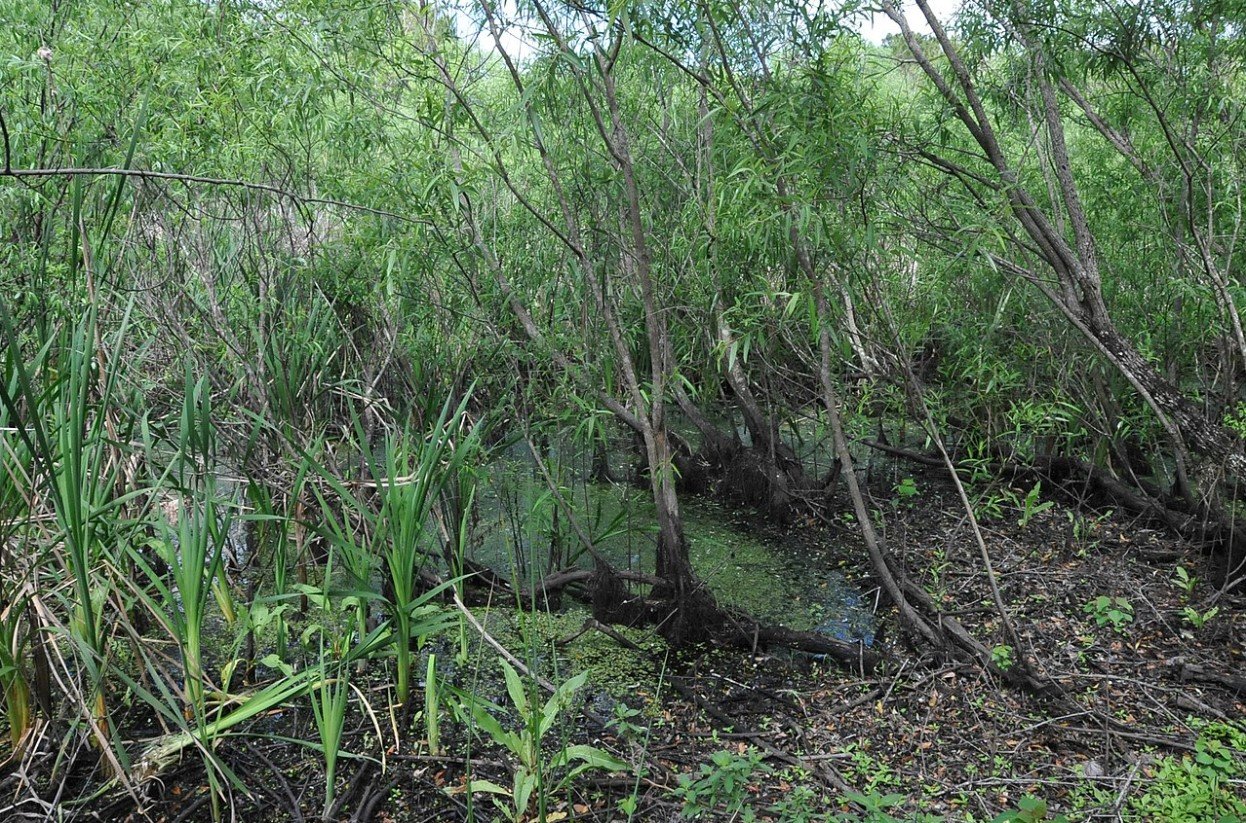
Further investigation into the area revealed that this construction worker had dug up an ancient burial site. More and more remains started being discovered in a peat-bottomed pond known as the Windover Bog.
In total, 177 human remains dating back 7,000 to 8,000 years ago were uncovered in the Windover Bog.
Remarkably Well Preserved
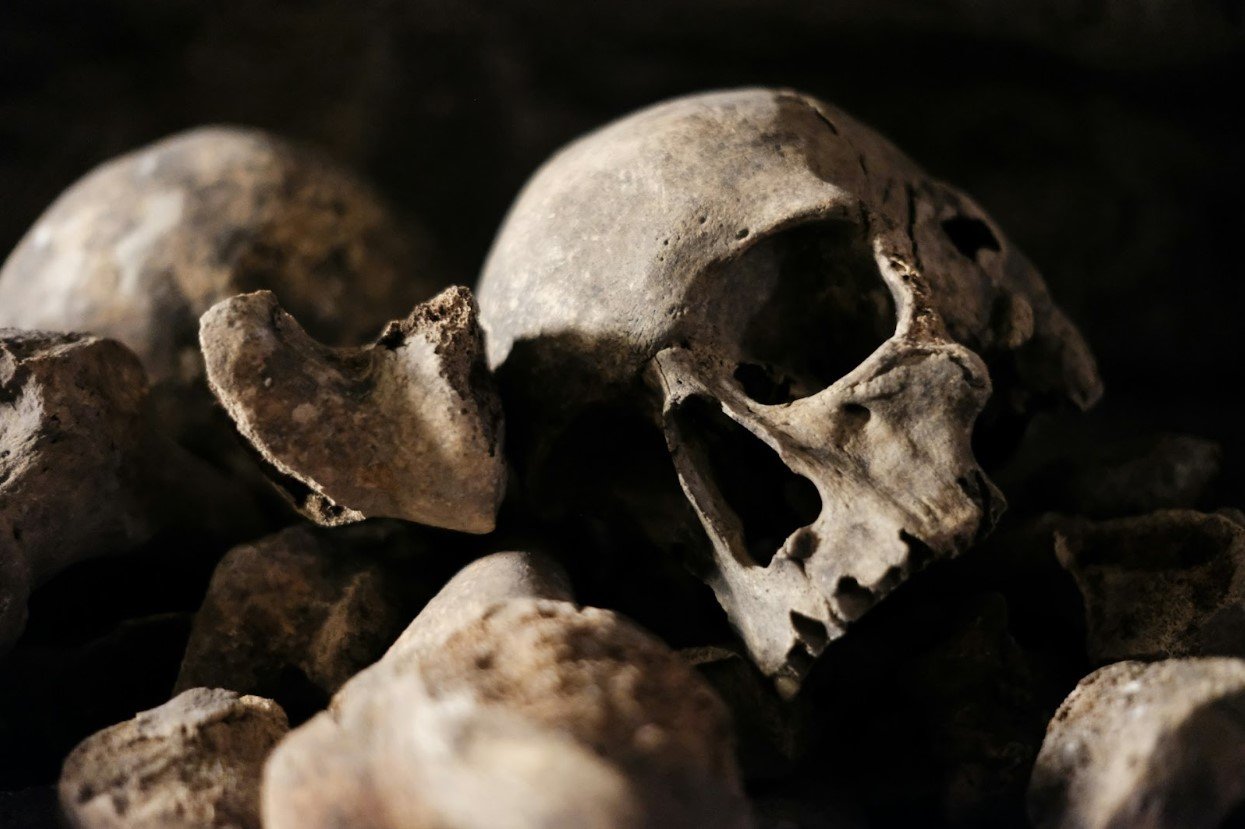
The unique conditions of the bog made this a singular unearthing. The millennia-old corpses were incredibly well preserved, some in such excellent condition that they had brain tissue still intact.
The Windover site is one of the most significant archaeological sites in North America, in part due to the preservative nature of the bog.
Why Were the Bodies So Well Maintained?
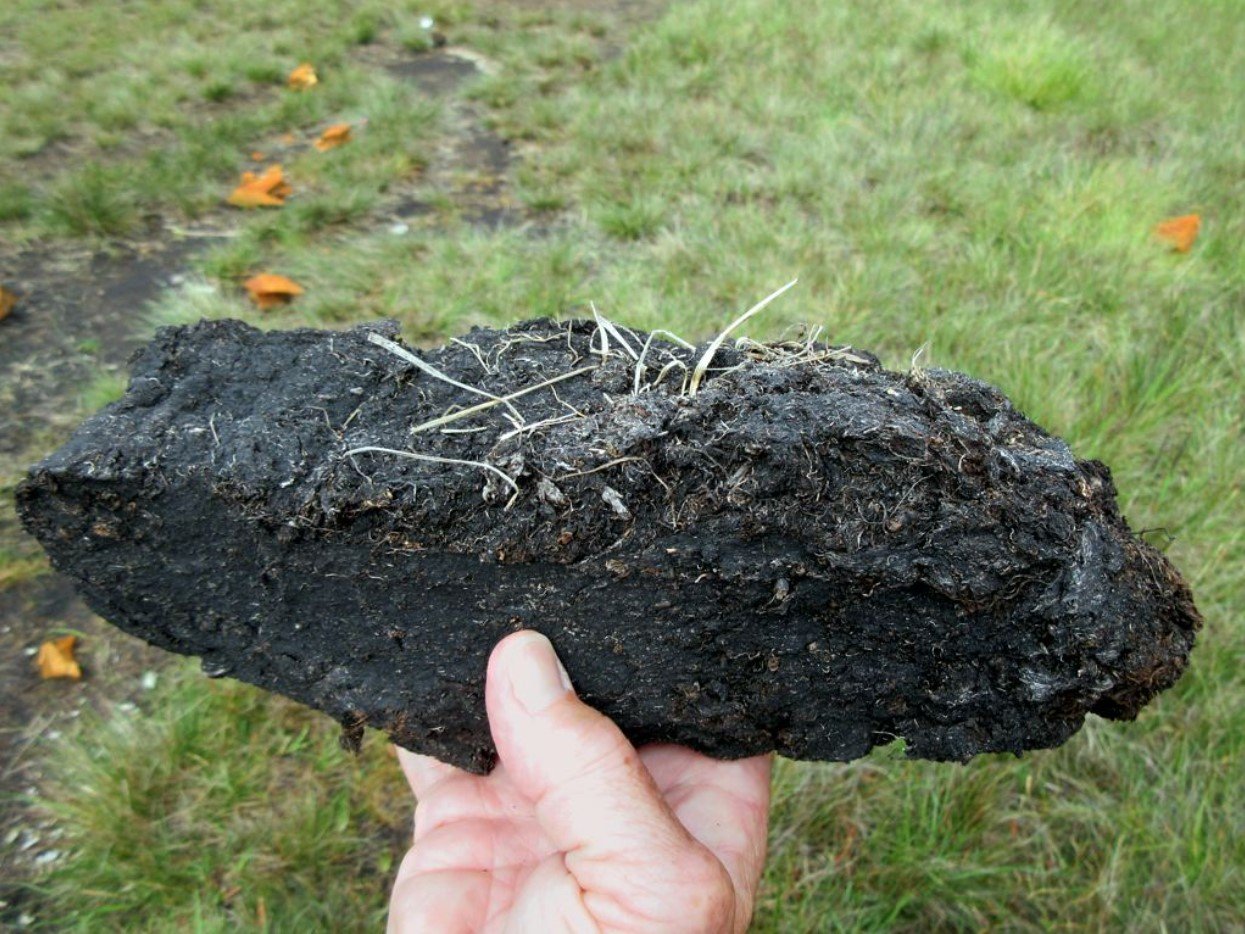
It’s the peat in the bog that ensured these buried bodies were so well preserved. Peat is made up of layers of decomposing, organic material — principally, vegetation.
These unique conditions in the bog pit provide an oxygen-free environment with virtually no acidity. This serves to slow decomposition allowing these skeletons to survive for thousands of years.
Excavation Challenges
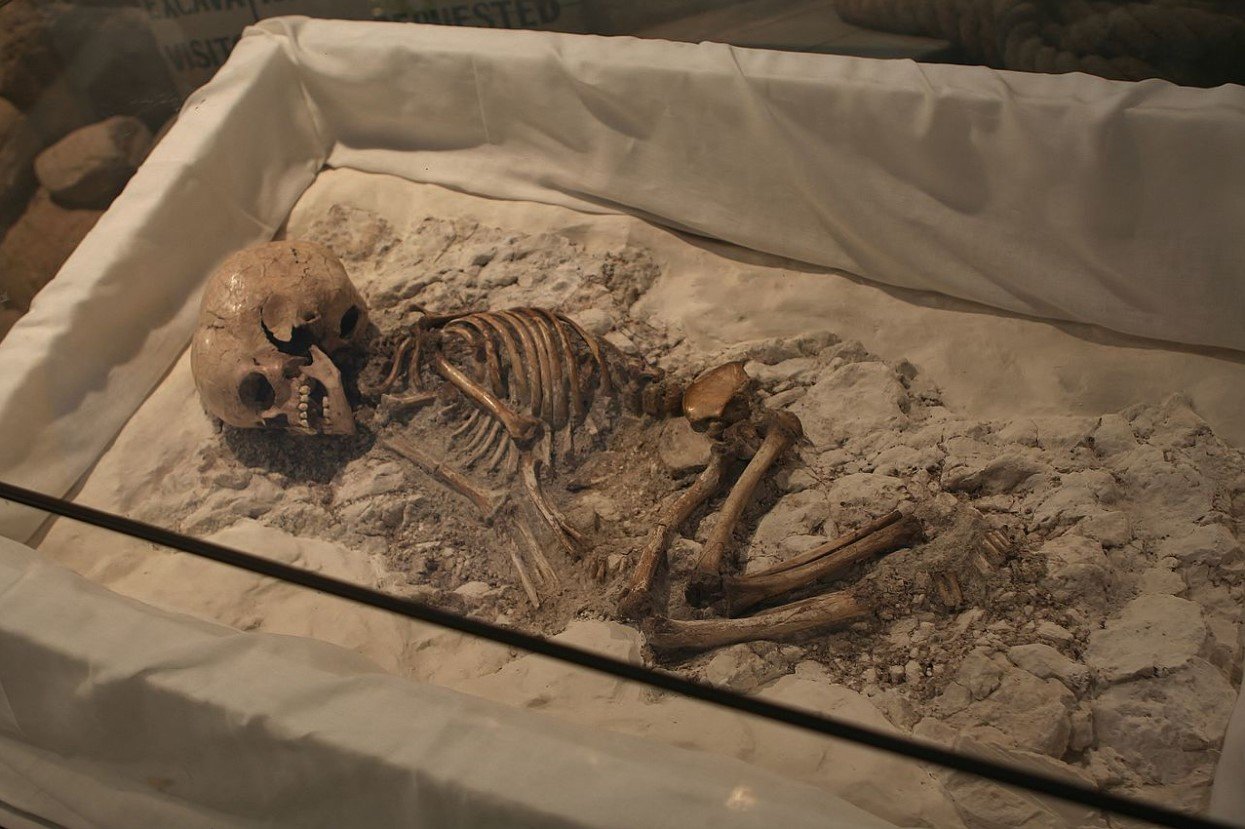
While the peat bog provided researchers with a gift in terms of how well-preserved the bodies were, it also presented challenges when it came time to excavate the remains.
The peat prevents bacteria from reaching the bodies, bringing about deterioration. As soon as they’re removed from the pit and exposed to air and sunlight, they would begin to decompose at rapid rates.
Overcoming These Challenges

To prevent this rapid decomposition, it was vital that the peat stay moist during excavation. However, archaeologists also needed to remove enough water to make excavation possible. To achieve this, they set up an ingenious demucking system.
Over 150 well points were installed around the edge of the peat pond to move some water away from the site.
Delicate Peat Removal
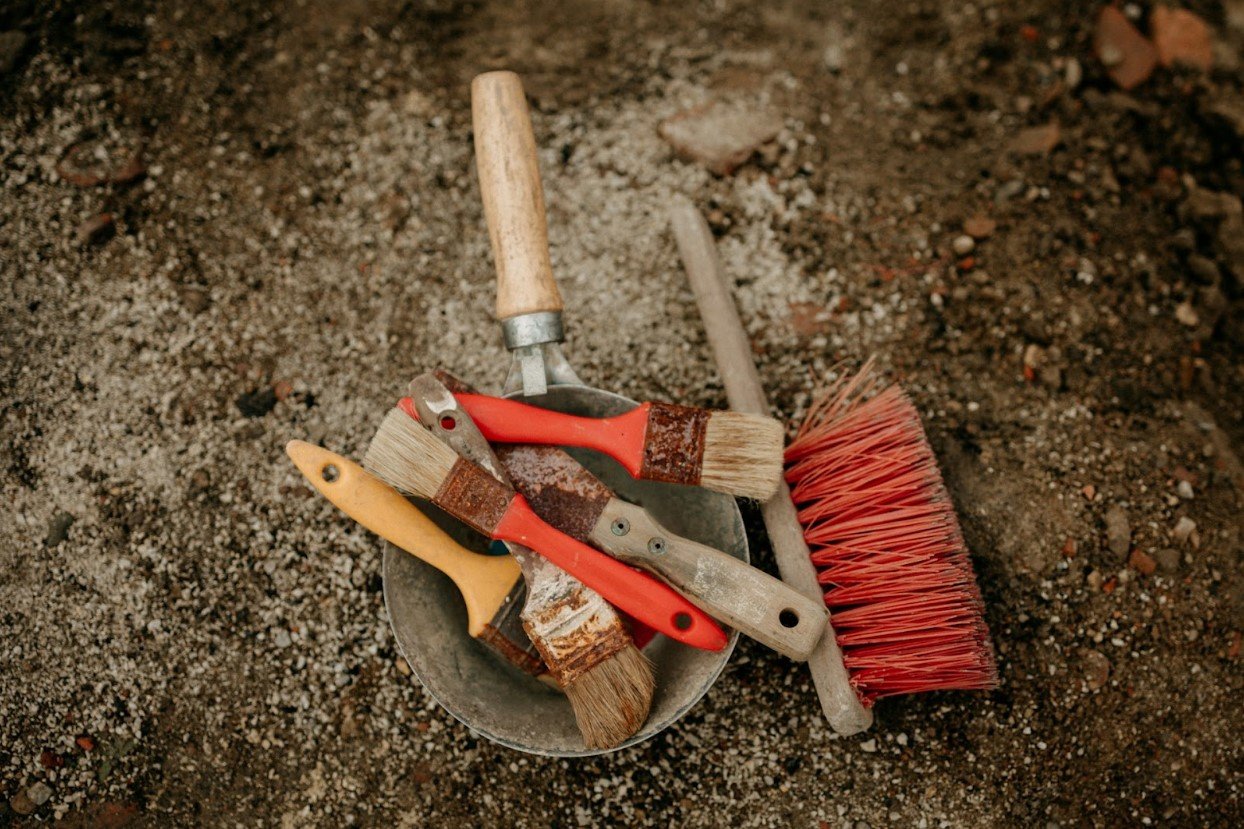
Archaeologists also employed the use of wooden tools to very slowly and carefully scrape away the peat that was stuck to the bones
Sharpened trowels and shovels were used for the delicate task, though the researchers found one tool worked particularly well — wooden chopsticks procured from a nearby Chinese restaurant.
Uncovering the Mysteries of the Pit

The initial excavation of the bog lasted from 1984 to 1987, by which time 177 bodies had been unearthed. Then began the real task of solving the mystery of how nearly 200 bodies came to be in this one pit.
The first thing that was determined was that this appeared to be a designated burial site. The majority of the bodies were buried on their sides in a flexed position, sunk to a depth of around three feet. The more that was learned, the more questions arose.
DNA Evidence Revealed Something Remarkable
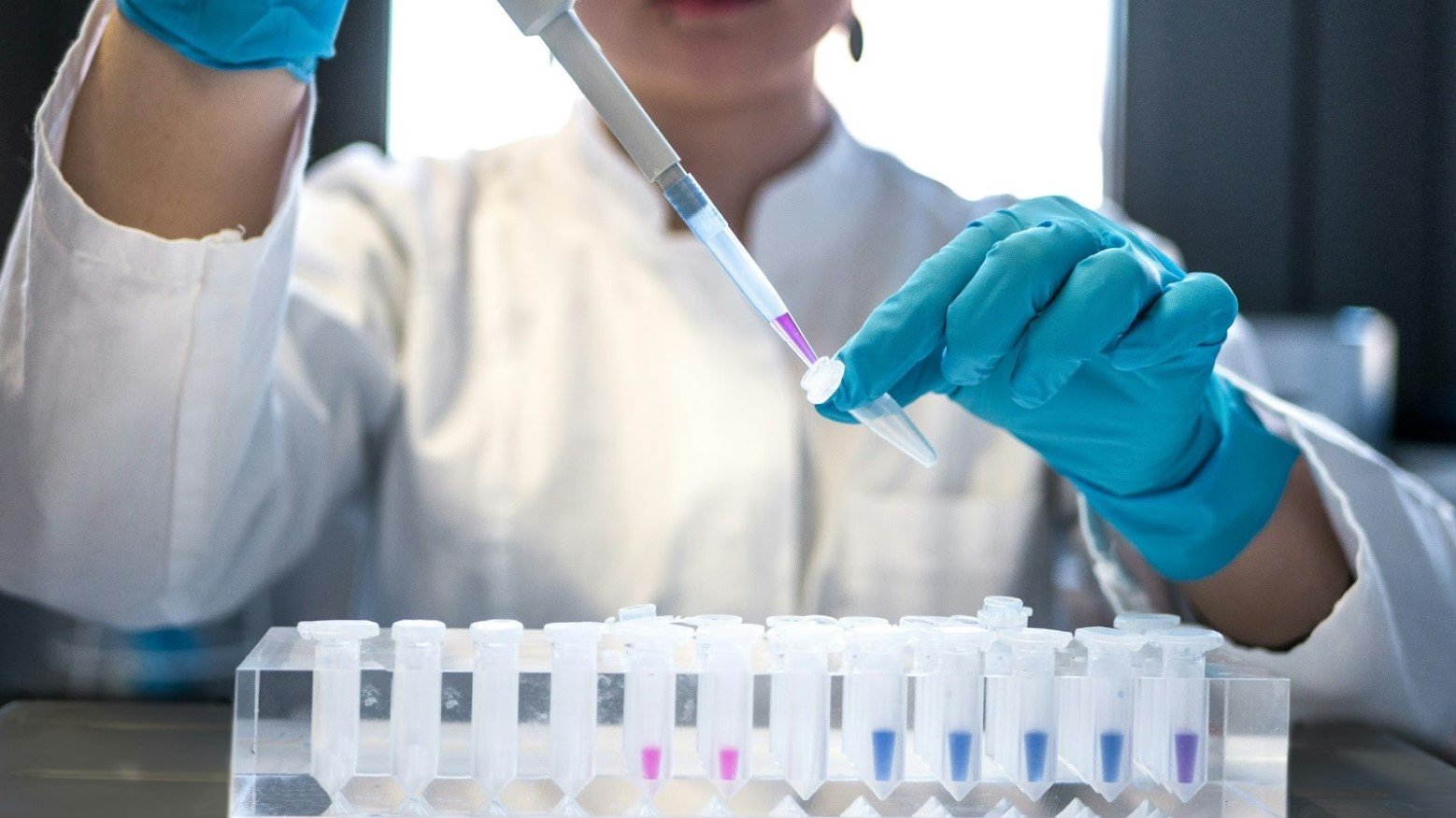
The 177 bodies discovered from 7,000 to 8,000 years ago were all different ages, but analysis of the DNA of the remains revealed that they had something very interesting in common.
DNA analysis revealed the bodies shared an allele in a highly variable part of the genome, indicating that all the buried individuals were related.
Where Did They Come From?
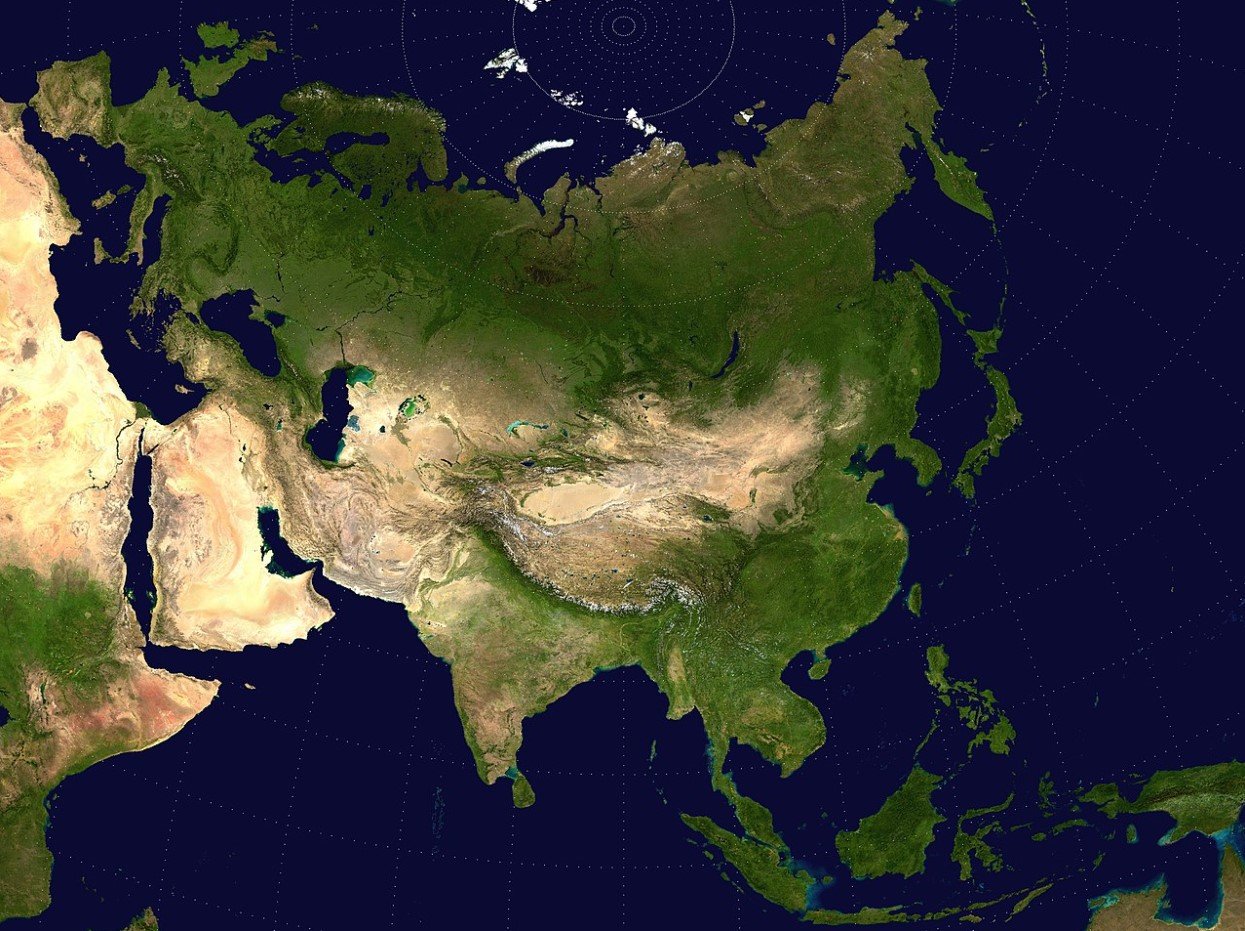
In the decades that followed, DNA technology became more sophisticated, so a more detailed genetic analysis was possible. But every answer found raised further questions.
Decades after the initial excavation, subsequent analysis revealed that the bodies buried in Windover were from Asia but had migrated to North America. Far from shedding light on the matter, this added to the mystery.
Not From a Known Tribe
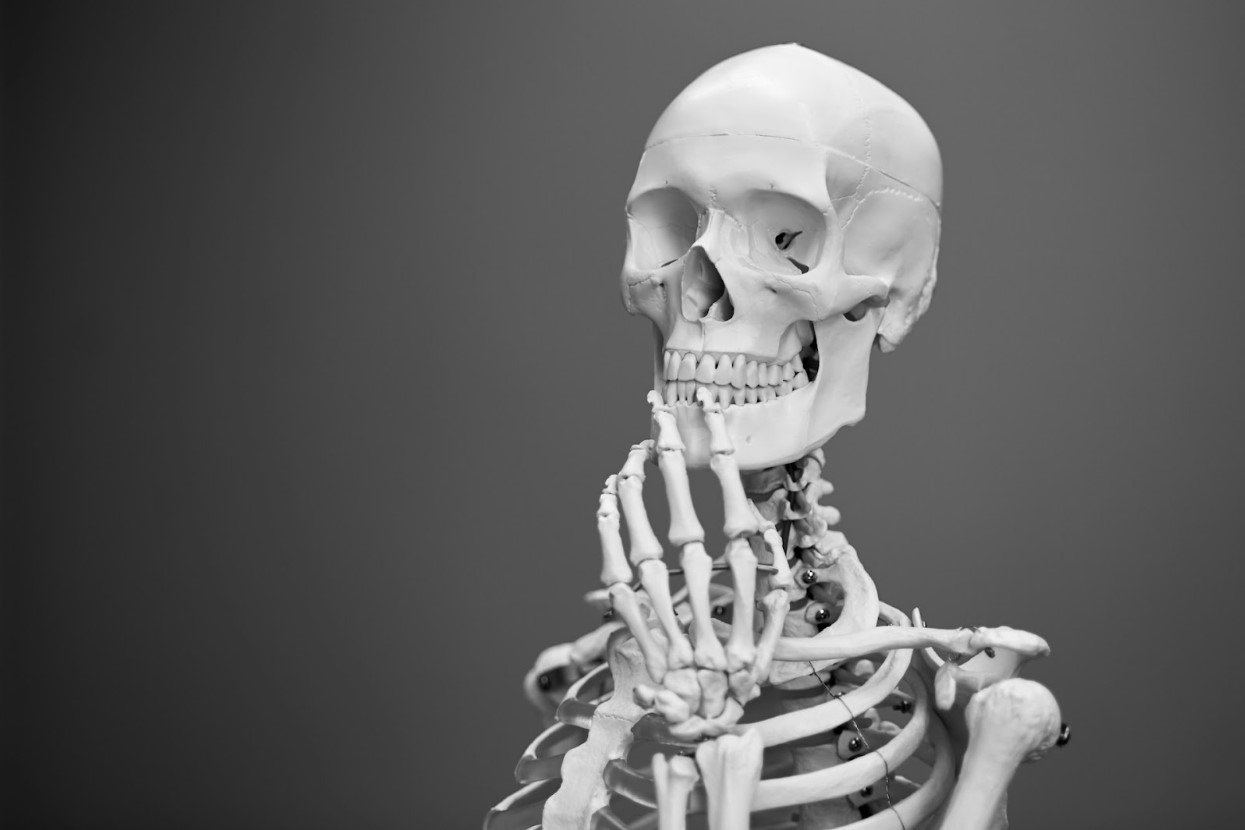
Research on the remains revealed that the bodies did not seem to be related to any existing Native American tribe nor any known prehistoric people who populated the area.
This means that the group to whom these buried people belong must have either gone extinct or seen their population numbers severely reduced sometime before modern tribes came to be. They may have been ancestors of modern Native Americans.
A Valuable Glimpse into the Past

The bodies and artifacts discovered in the Windover Bog provide researchers with valuable insight into the lives of early Archaic people in Florida.
While the Windover archaeological site is one of the most significant on the continent, it’s far from the only peat bog in Florida. Perhaps another Windover-sized discovery will be made in the future, revealing even more about our past.
